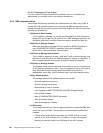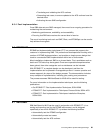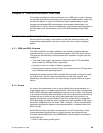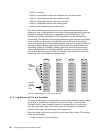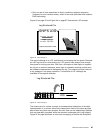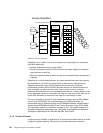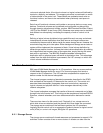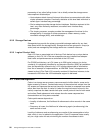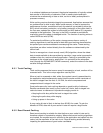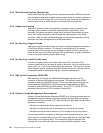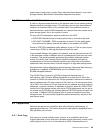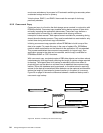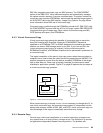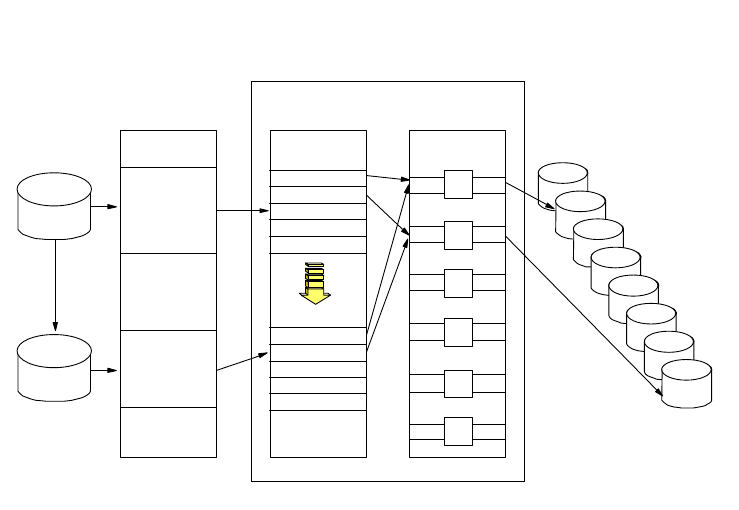
88 Storage Management with DB2 for OS/390
Figure 25. Snapshot Overview
SnapShot, as it "copies" from a source object to a target object (in compliance
with MVS definitions):
• Defines instantaneously the target object
• Allows instantaneous access to both source and target objects (no physical
copy lead time to wait for)
• Shares the physical data on disks at copy time (no double space occupancy to
manage).
SnapShot is a virtual data duplicator, at volume and data set level, that exploits
the architecture of the RVA to create copies of data almost instantaneously.
SnapShot produces copies without data movement because it logically
manipulates pointers within the RVA. Because there is no actual movement of
data, snapping can take seconds rather than minutes or hours, and host
processor and channels are not involved because there is no data transfer. As far
as the operating system is concerned, the snap is a real copy of the data; as far
as the RVA hardware is concerned, the snap is a virtual copy of data.
For more information about LSF and SnapShot concepts, refer to IBM RAMAC
Virtual Array, SG24-4835. For implementation of SnapShot facilities, we
recommend using it implicitly through the DFSMSdss interface, as described in
Implementing DFSMSdss SnapShot and Virtual Concurrent Copy, SG24-5268.
This approach requires the minimum changes in JCL. For specific examples in
business intelligence applications, see Using RVA and SnapShot for Business
Intelligence Applications with OS/390 and DB2, SG24-5333.
9.1.4 Virtual Volumes
A higher level of flexibility in organization is accomplished when there is no fixed
physical-to-logical mapping. The control unit dynamically maps functional
100 33903
3339 Cyts
2.8GB
200 33903
3339 Cyts
2.8GB
TNT
2
2
2
2
2
2
FTT
Functional Track DefinitionFunctional Device Table
VOL 100
SNAP
VOL200
Volume SnapShot



